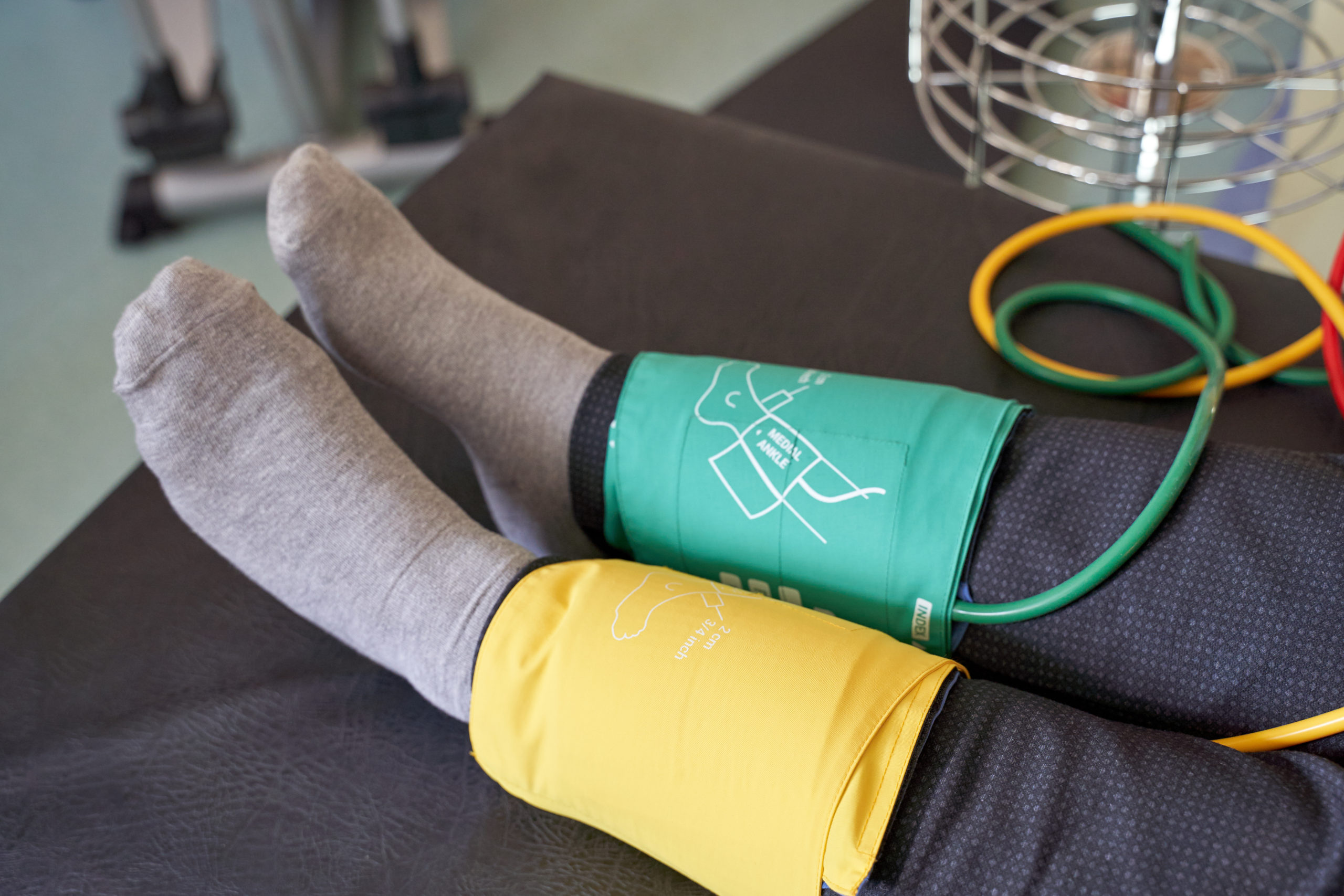
Ankle-brachial index (ABI) is commonly used to screen for vascular complications in patients with diabetes. A post hoc analysis of the Look AHEAD (Action for Health in Diabetes) trial by Mengyi Liu and colleagues examined the relationship of longitudinal ABI data and chronic kidney disease (CKD) progression among patients with type 2 diabetes (T2D) and increased BMI.
A total of 3,631 patients from Look AHEAD were included in this analysis. All had a baseline estimated glomerular filtration rate (eGFR) greater than 60 mL/min/1.73 m2. The study outcome was CKD progression (kidney failure requiring maintenance dialysis or the occurrence of an eGFR <60 mL/min/1.73 m2 with a decrease of ≥30% vs baseline at a follow-up visit).
The researchers calculated average ABI and average annual change in ABI based on annual ABI measurements during the first 4 years of the study. They used restricted cubic spline and Cox proportional hazards models to estimate associations and to explore nonlinearity.
Over a median follow-up of 10.1 years, 1,051 participants experienced CKD progression. Chronic kidney disease progression had a reversed J-shaped relationship to average ABI (ABI <1.17: hazard ratio [HR] per 1 standard deviation [SD] decrement, 1.23; 95% CI, 1.06-1.42; ABI ≥1.17: HR per 1 SD increment, 1.10; 95% CI, 1.00-1.22) and average annual change in ABI (change in ABI less than −0.007: HR per 1 SD decrement, 1.37; 95% CI, 1.12-1.66; change in ABI of at least −0.007: HR per 1 SD increment, 1.13; 95% CI, 1.03-1.24).
In summary, low and high-average ABI and decreasing and increasing average annual ABI were associated with an increased risk of CKD progression among patients with T2D and elevated BMI. Monitoring ABI and its changes may help with CKD risk stratification among patients who have T2D.







 © 2025 Mashup Media, LLC, a Formedics Property. All Rights Reserved.
© 2025 Mashup Media, LLC, a Formedics Property. All Rights Reserved.